
10+ Training Outline Templates – PDF, Word, Apple Pages
Before an establishment can start and continue, there must be a training outline available as to how you can go…
Apr 27, 2018
A short story is a kind of fiction that can be read in one sitting. Short stories take on any kind of themes such as love, friendship, revenge, supernatural beings, crime and fictionalized historical accounts. The word count ranges from 1,000 to 20,000 words. Short stories only have a few characters and only happens in one sitting. These are often collected, published and sold in bookstores. You may also see the Blank Outline Template

Short stories have been enjoyed by the people for several centuries now. Some have been adapted into movies, television series and stage play. Perhaps the most remarkable short story the world is familiar with is The Little Mermaid by Hans Christian Andersen. It tells the story of a mermaid who is willing to give up her life at sea for a human soul. The short story gave birth to many loosely inspired stories based on it. It has been retold in many different ways. You may also see the Essay Outline Template.
Everyone can write a short story. Some want to write but they don’t know how to start, while some used to write but they feel that their skills have gone rusty with time. There’s no stopping as long as the motivation to write is there. It begins with an idea and it expands as time goes by. You have to let the idea grow fully in your head before writing it down. You may also see the Formal Outline Templates.
This is where the outline comes in. It is your plan on how the short story would be written. You need to have an outline first before jumping into the writing process to ensure a good flow in the end. The outline makes the short story cohesive and related to each other. You may also like the Proposal Outline Templates.
Here are some guidelines in outlining a short story.
The major premise of your short story means the theme of it. What kind of story do you want to tell? It is the very basic idea of the short story. It can be written in one sentence, but that seems a little vague. Expand the major premise so you can build a rough structure of the story itself. You may also see the Research Outline Templates.
You determine the protagonist and his goals templates, the antagonist and how he will stand in the way, the situation and its possible changes, the disaster, and conflict that will arise. Remember that the conflict is the meatiest part of the story. This gives the story the shocking quality, as to how it would be solved remains a mystery. It gets the readers hooked on what will happen next. These building blocks will give your story its core. You may also see the Presentation Outline Templates
Get a sheet of paper and write down a list of everything you want to happen in the story. Review them and take note if some ideas make you question its logic and some could be connected together. Be sure to spot plot holes and find a solution to fix them. This will make rewriting the entire short story easier. Rewrite your list and organize them.
The next thing to do is write how you want the scenes to play out. Let your thoughts flow. Do not censor and limit yourself to this part. Just write everything you could without holding back. This is the perfect time to loosen up your creativity. Writing the scene ideas also allows you to go deeper to your story’s potential. It will take you to places. You may also see the Book Outline Template
The next thing to do is to build the characters. Map them out in a very structured way. When mapping out a character, you have to include his motivation and objectives, how he looks, how old he is, his importance to the story, and how he can be a catalyst of change. You may also see Training Outline Templates.
Characterization includes the backstory of the characters and how it made them who they are now. This part is important in determining their smart goals in the story. With clear character buildup, you can think of how they are going to react with each other over the course of the story. There should be a reason why every character exists. Each one should be useful in the story, so no character would end up a big waste. You may also see the Meeting Outline Templates
The setting is where the story happens. Decide on where your story would take place. There is no need to do some research if your setting is in the present. However, if it is in a particular time period and historical event, you need to research about it. You have to know how people lived and communicated with each other at that time. If you set the story in the future, you have to be descriptive in imagining what the future world would look like. You may also see the Business Plan Outline Template.
You can have multiple settings in your story, depending on how it would go. Some writers create a fictional setting, may it be a city, town, or a country. The setting is one of the most important parts of your story since it gives your readers a clear idea of where the story is taking place.
The tone depends on the story itself. If it’s about supernatural beings, the tone should be dark and gloomy. If you write a love story infused with comedy or tragedy, it should be light and sad, respectively. Stories about fantasies should have a magical tone in it. It’s all about how you play with words when writing. The key to setting the tone for a short story is through descriptive writing. You may also see the Lesson Plan Outline Template.
This is now the time to plot what you want to happen in the story. You have to write a single sentence scene on every scene that you plan to include. Read the rough draft of your ideas and take the best parts of it. This is where modifying and solidifying the story are being done. You may also see the Proposal Outline Templates
There is no specific order in writing your outline. You can start from the very beginning and jump to the ending if you already know where the characters would head to, and work in the middle again. This is the part of arranging the events. As you make your outline, take note of some loopholes that might get in the way of how one event leads to another. There should still be a sense of cohesion even if it’s just an outline. You may also see the Paper Outline Templates
Review your outline after writing it and see if there are still gaps in the story. Doing so will also help you pluck out the unnecessary parts you thought were important. Take one last look at your outline. If you feel at ease, then you can start writing. You may also see the Report Outline Template.
Below are some samples of short story outlines that you might want to use.
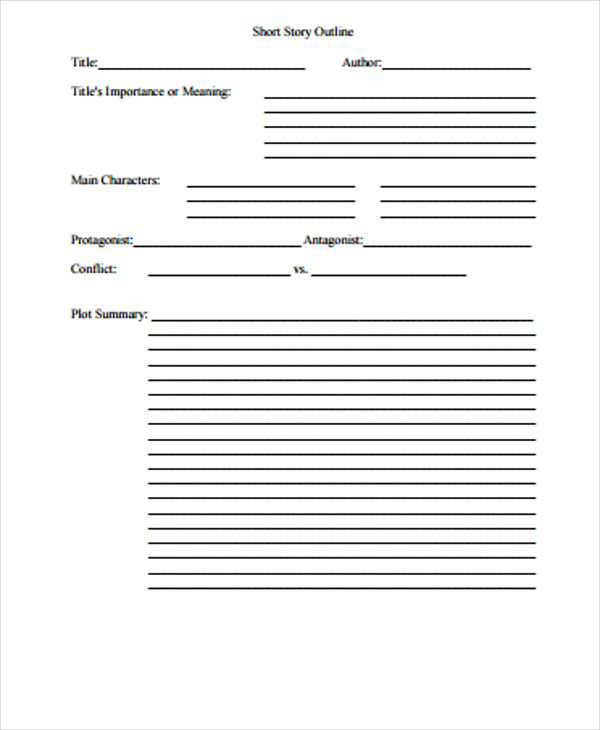
web1.nbed.nb.ca
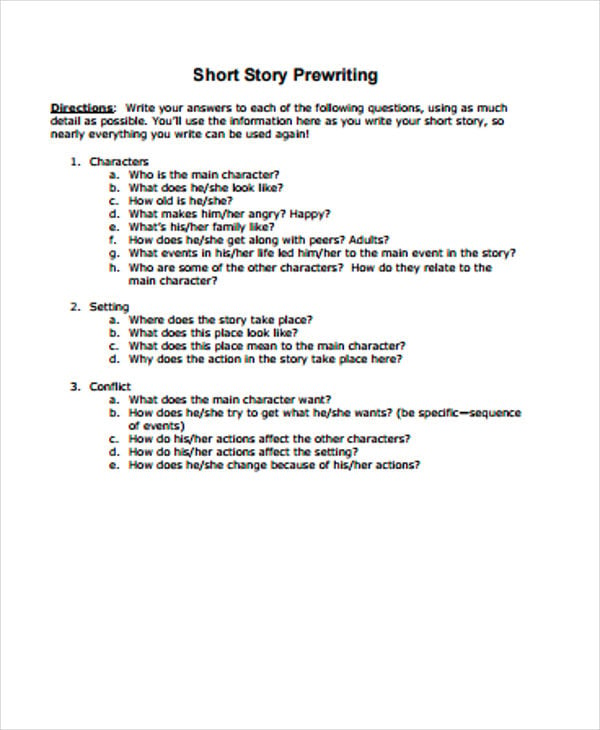
readwritethink.org
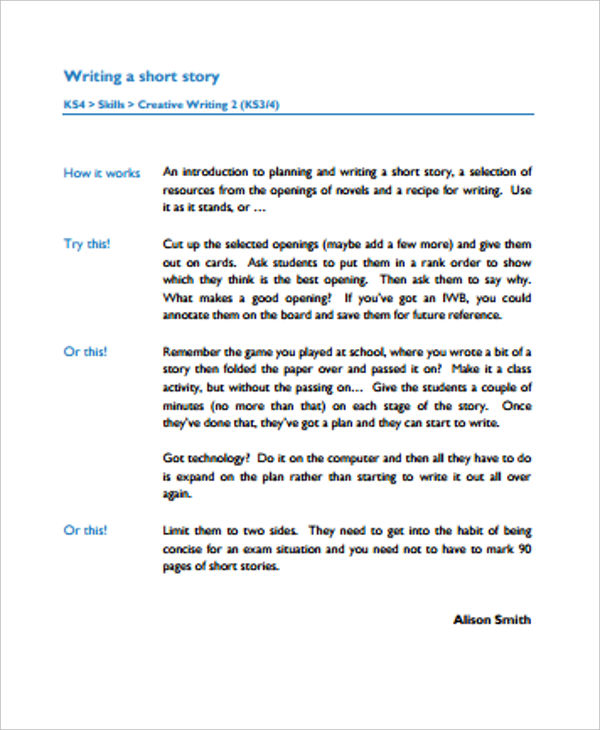
wikieducator.org
The writing process requires patience and loads of motivation. You are now putting your outline into action. Begin by writing a catchy first paragraph that will give the readers a hook to get them going. Reviewing the outline is important in this process. This will guide you in building up the story you have been wanting to write for so long. You may also see Biography Outline Template
There are cases when you can’t write anything for the day. Other times, you become unsure of a scene’s importance in the story, or you feel like the story is not going anywhere. In case this happens, sit back and relax. Let your mind wander off for a while. Writer’s block is normal and it happens to everyone. It’s good to let the brain take some rest. If you feel like getting back to writing, then do so. You may also see the Novel Outline Template.
Proofread everything after you write the story. Check out if it has grammar lapses and wrong spellings. Make sure the sentences are connected and make sense. Do not shut yourself from the idea of rewriting as it is a normal phase. The outline can save you from tons of rewriting at times. You may also see the Presentation Outline Template
Writing is an art that takes time to master. Each one has a unique technique in building up an one of a kind story. We write to express ourselves and make the readers see the world in a different light. And with it, you learn a lot by reading and writing even more. A writer’s best assets are imagination and persistence. You may also see the Course Outline Template

Before an establishment can start and continue, there must be a training outline available as to how you can go…
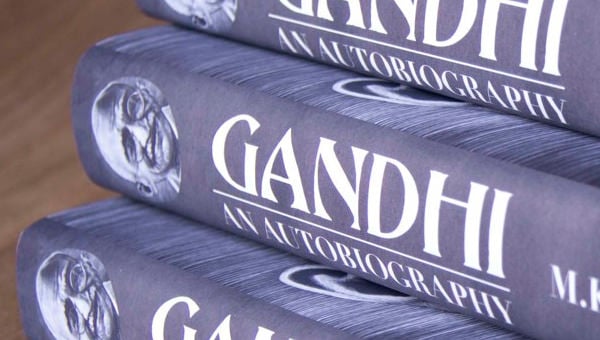
Writing an autobiography for each person is a distinctly individual experience but there are some topics that are essential to…
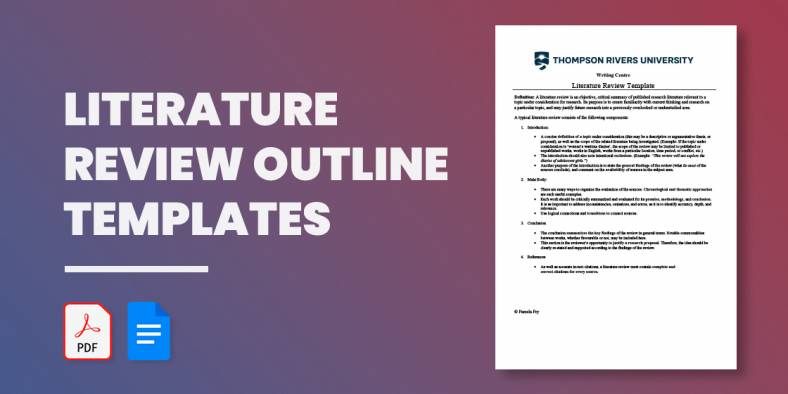
There are some basic criteria that one must judge a work of literature on, irrespective of genre. Typing them out…
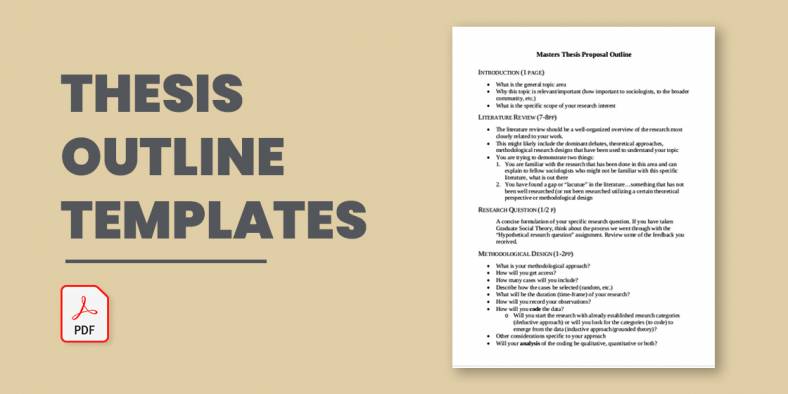
A thesis outline templates is made to ensure that the plans for the creation of a thesis is put together…

An essential tool in planning a project, drafting a research study, writing a story, or studying for an upcoming test…

As most types of writing, the purpose of academic writing is to communicate the thoughts and ideas you have in…

Curiosity and a great sense of wonder. These are perhaps two of mankind’s most redeeming qualities, especially that these hard,…
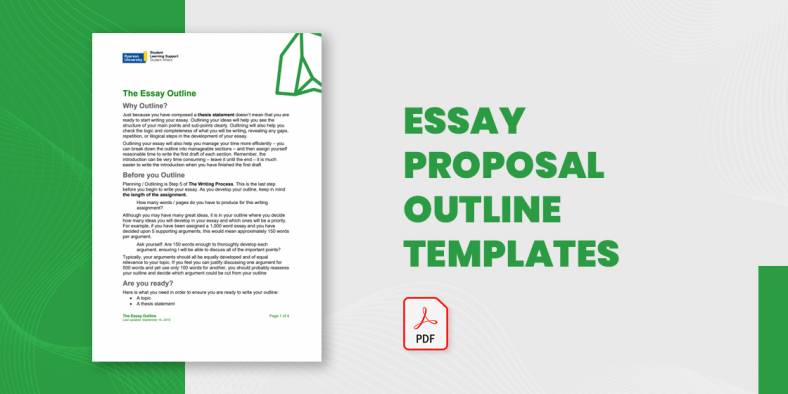
Remember your elementary school days? As a fifth grader weren’t you already asked to write about something you love, maybe…
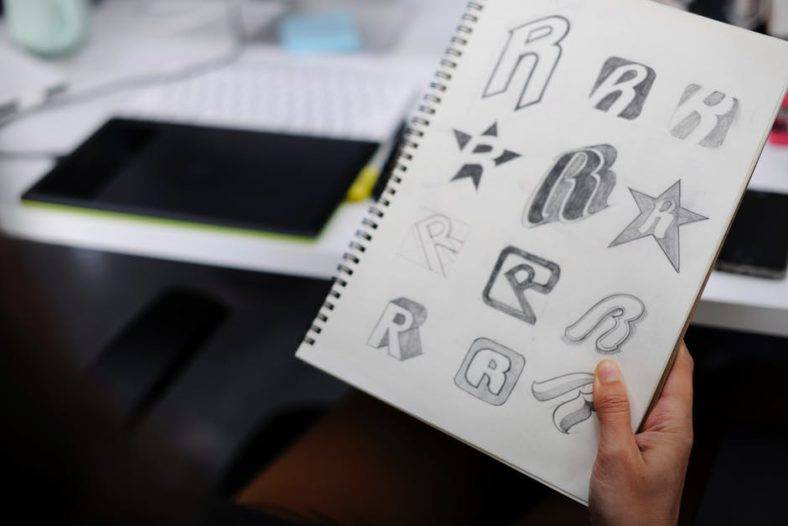
Business branding is a necessity. Not only does it help people to identify your business, but it also helps with…